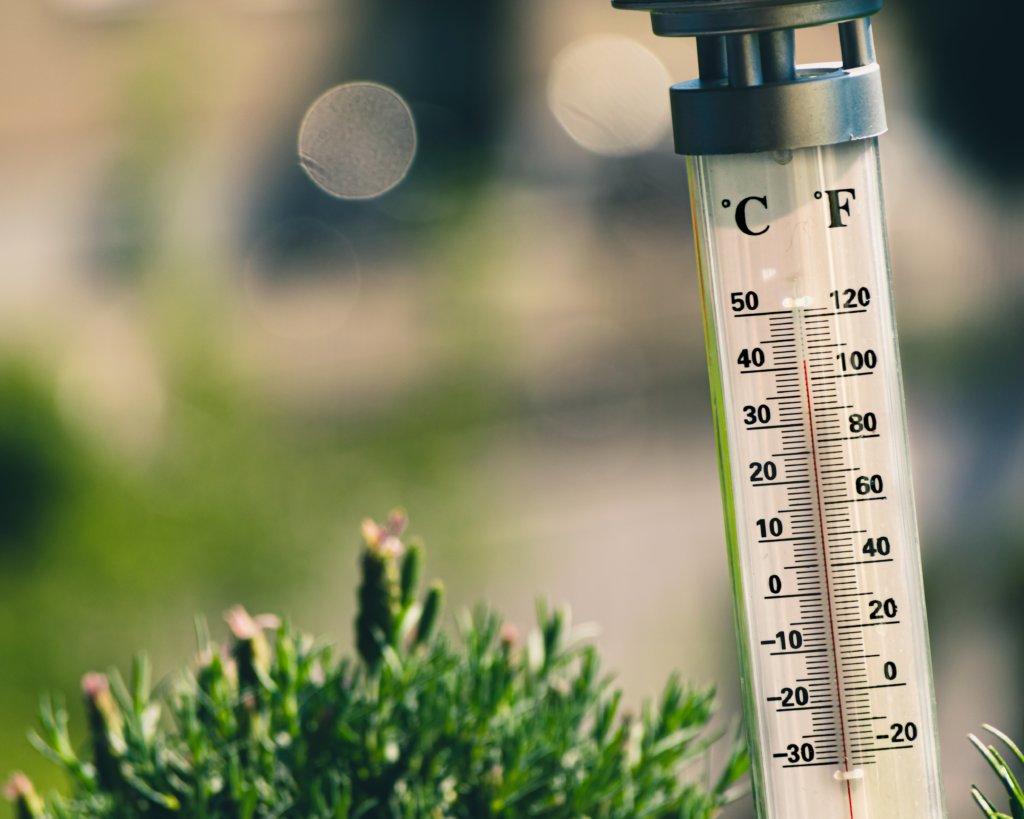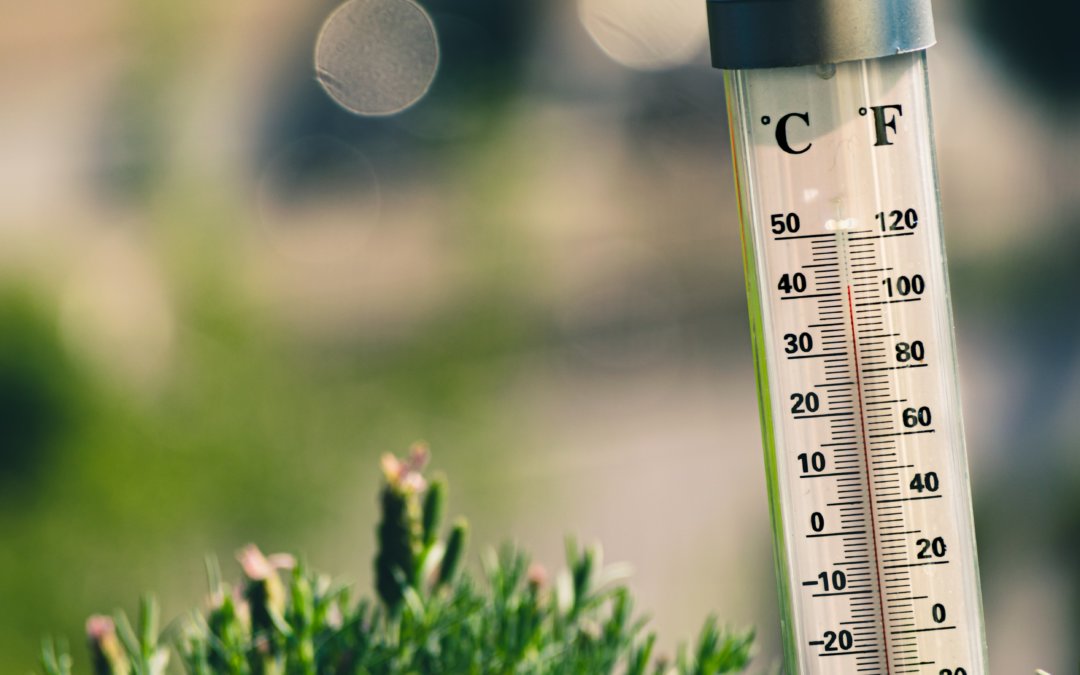
In short, the ideal temperature for an elderly person in a living room is 21°C (70°F) and in a bedroom is 18°C (64°F). Meanwhile, bathrooms should be between 22°C (71°F) and 24°C (75°F).
It can be hard to maintain the perfect temperature in your household, and as you get older, extreme heat and cold can become trickier to deal with. There’s also the matter of personal preference – some people simply prefer to be warmer and some prefer to feel cooler.
Get a FREE Brochure
Simply complete our form to see a full range of bathing solutions & their key features. It takes no time at all!
Below in this article, we’re exploring in more detail the ideal room temperature for the elderly, looking at why it’s important, how it varies, and some tips for making yourself more comfortable and staying safe.
- Why is room temperature important?
- So what exactly the ideal room temperature for the elderly?
- How can I check the room temperature to make sure it’s safe?
- How else can I keep warm or cool enough?
- Where can I get some more advice on this topic?
Why is room temperature important?
Before we delve into which temperatures you should be aware of and where, we, first of all, need to understand why room temperature for the elderly is so important…
-
- Retaining body heat can be an issue
As we get older, we have a more difficult time retaining body heat. In other words, we lose heat much quicker than a younger person would. This is down to a decrease in the amount of fat beneath the skin, which makes it more difficult for us to stay warm.
- Retaining body heat can be an issue
-
- It’s hard to notice
Sometimes, elderly adults may not always notice their body temperature decreasing. Or increasing, for that matter. Conditions like dementia, and many different medications, can affect how the body perceives hot and cold temperatures, so it’s really important to be aware of this.
- It’s hard to notice
-
- A change in temperature can have serious implications
A drop or rise in temperature can be dangerous. The common cold, for instance, can much more easily turn into something concerning for those over a certain age, and a sudden chill in the room can cause respiratory issues and raised blood pressure, which could result in a stroke or a heart attack.
- A change in temperature can have serious implications
“It’s vital for older people to keep warm, both inside and outside their homes in the winter months. Being cold, even for just a short amount of time can be very dangerous as it increases the risk of associated health problems and preventable deaths during the winter.” – Caroline Abrahams, Age UK Charity Director
So what exactly is the ideal room temperature for the elderly?
It’s difficult to pinpoint a definitive answer to this one, as it can vary greatly. Things like body weight, hydration levels, your diet and certain deficiencies can all affect how – and what – temperatures could affect someone’s body, along with a huge host of medical conditions and medications. Personal preference also plays a factor.
With all that said, as a general rule of thumb, the ideal temperature for the elderly in a living room is 21°C, or 70°F, and above, and it’s a minimum of 18°C, or 64°F, in the bedroom. Bathrooms, meanwhile, should be between 22°C and 24°C, or 71°F and 75°F.
How can I check the room temperature to make sure it’s safe?
For reasons we explored earlier, it’s important that an elderly person doesn’t just rely on how they feel to judge the room temperature. Instead, you should regularly refer to a room thermostat to check this properly.
Alternatively, grab a thermometer or download an app – there are lots of these available on smartphones. With smartphones becoming more popular nowadays, this can be a great option and means you don’t have to go to the store to buy a thermometer, but it does rely on you to have a phone that can do this.
How else can I keep warm or cool enough?
Below we explore the challenges of both cool winters and hot summers, including some tips on how to be more comfortable in these temperatures.
In the winter months:
In the winter, it goes without saying that you need to wear enough clothing to keep warm. Make sure you’ve got extra blankets and throws handy for when you’re sitting down and, if you can, invest in thermal vests and leggings to wear underneath your usual layers. An electric blanket is a brilliant investment and will keep you warm in bed all night long.
Drawing the curtains when the light is dimming and lighting a fire are obvious but effective ways for keeping the heat in, and regular exercise is another winner if you can move about well enough. Try to exercise indoors in the coldest months, though. For those with limited mobility, a thermos is a great way of keeping you going with a hot drink without having to keep popping to the kitchen.
Family members can also help by aiding with things like arranging boiler services and bleeding the radiators – all crucial to ensure the house is ready and can efficiently protect from the cold when it comes.
In the summer months:
As with cold temperatures, elderly people are much more affected by hot temperatures than the younger population. Once we pass the age of 65, we don’t sweat as much – one of the body’s biggest mechanisms for coping with the heat. Too much heat can result in sunstroke, which could potentially lead to something life-threatening in a senior person.
Keeping hydrated is key and, if you’re in a place where sun exposure is a concern, bring an umbrella for shade, or seek shade out if you don’t have one handy. The warning signs of early heat exhaustion/heat stroke? Tiredness, weakness, dizziness and headache, among others. It’s important that family members are on the lookout for these as the weather warms up.
Where can I get some more advice on this topic?
Age UK regularly publishes helpful guides and articles for topics such as this one.
At Bathing Solutions, we’re committed to the safety and satisfaction of our customers. Our quality walk-in showers, walk-in baths and wet rooms are instrumental in transforming bathroom designs around the UK. We take spaces lots of our customers are nervous about using, and transform them into soothing, safe places to bathe.






